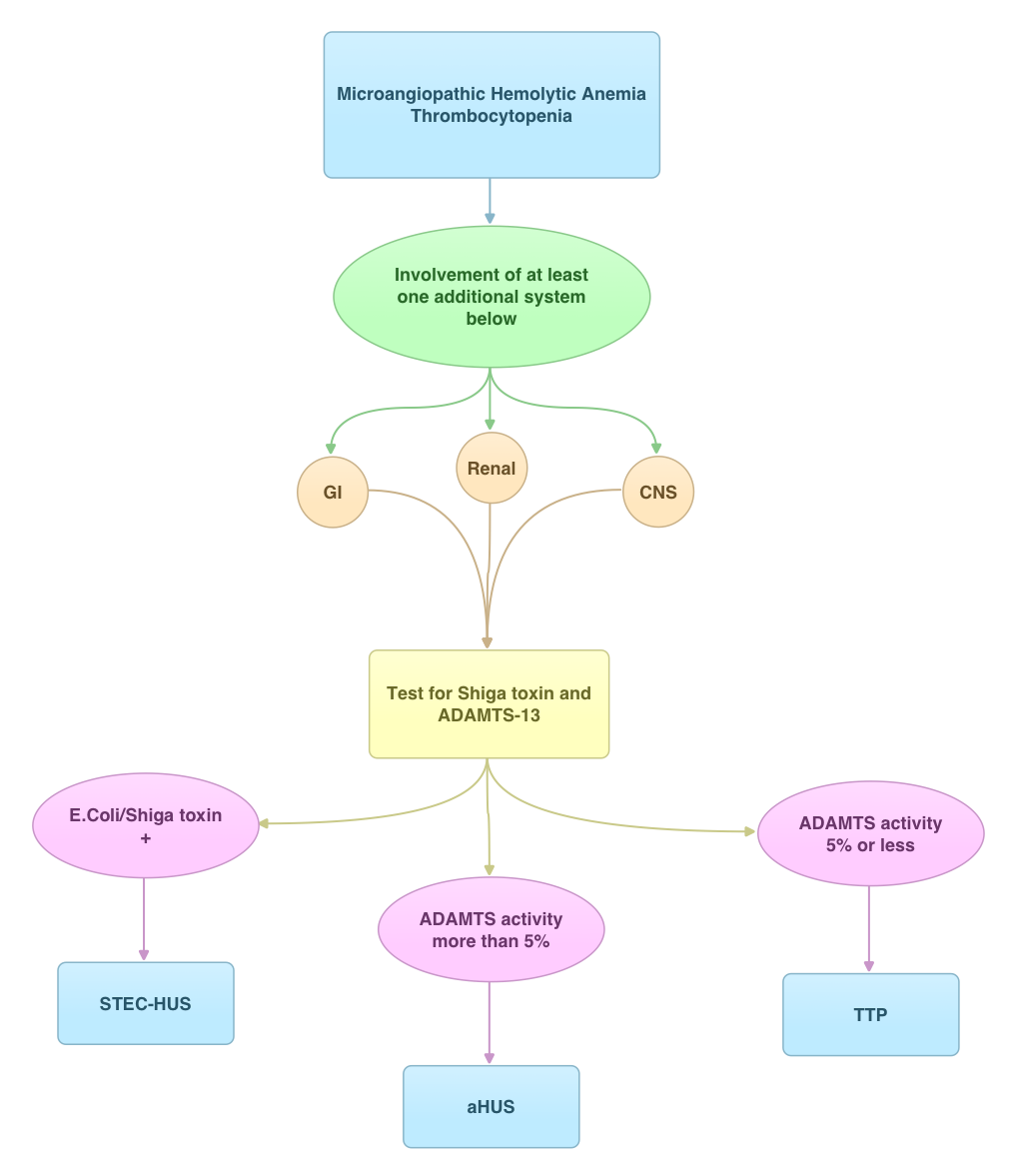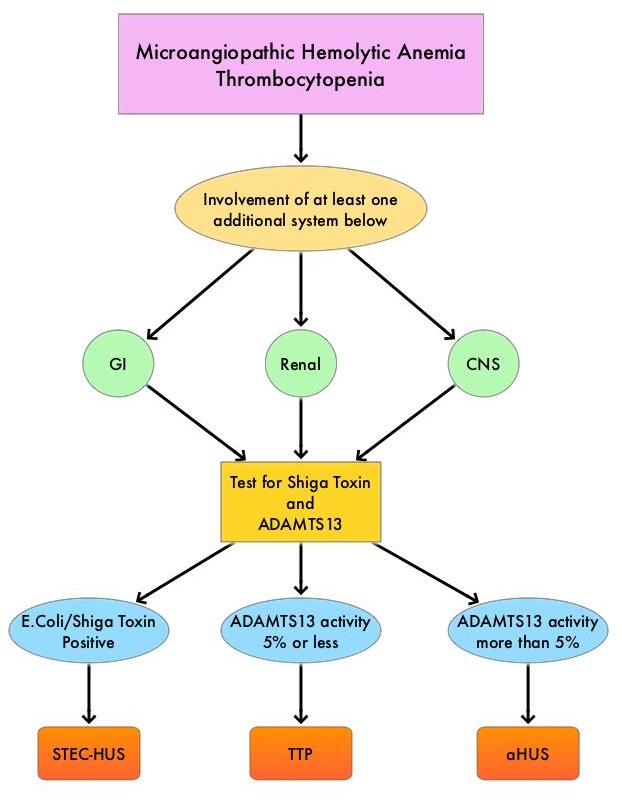SUMMARY: The FDA on February 4, 2022 approved ENJAYMO® (Sutimlimab-jome) to decrease the need for Red Blood Cell transfusion due to hemolysis in adults with Cold Agglutinin Disease (CAD). CAD is a chronic and rare autoimmune hemolytic anemia estimated to impact the lives of 5,000 individuals in the U.S. and accounts for 15% of patients with Auto Immune Hemolytic Anemia. It is twice as common in women compared to men and is characterized by hemolysis triggered by exposure to cold temperatures usually 3-4 degrees C (37-39 degrees F). The median age at symptom onset is about 65 years, whereas the median age at diagnosis is about 72 years. The median survival is approximately 11 years.
Cold Agglutinin Disease is a complement-mediated disease and majority of the cases of CAD are mediated by IgM antibodies, unlike warm Auto Immune Hemolytic Anemia, which is predominantly IgG-driven. The circulating IgM antibodies in the body core are not bound to the RBC surface. However, as blood shifts toward the peripheral circulation and cools, IgM antibodies transiently bind to the RBC membrane resulting in agglutination. This in turn activates the complement cascade, binding C3b to the cell surface. As C3b-coated cells return toward the body core, IgM antibody dissociates, and the C3b-coated RBC are destroyed by receptor-specific macrophages present predominantly in the liver and to a lesser degree in the spleen, resulting in extravascular hemolysis and some element of intravascular hemolysis. The severity of hemolysis depends on the thermal amplitude, rather than the serum concentration of IgM antibodies. CAD can be Primary/Idiopathic or Secondary to different underlying disorders such as infections, lymphoproliferative disorders, immunoproliferative disorders, as well as connective tissue diseases.
Patients with CAD usually present with chronic anemia with hemoglobin levels ranging from 4.5 g/dL to 8 g/dL, and over 50% of patients require transfusion support, and therapy is often considered in 75% of the patients. In addition to hemolysis, clinical manifestations include cold-induced circulatory symptoms such as livedo reticularis, Raynaud disease, acrocyanosis and, rarely, cutaneous necrosis. Hemoglobinuria and Splenomegaly tends to be less severe. There has been no approved treatment for CAD. Therapies have included corticosteroids, alkylating agents, purine nucleoside analogs and Rituximab, with little benefit.
ENJAYMO® is a first-in-class humanized monoclonal antibody that is designed to selectively target and inhibit C1 complex in the classical complement pathway, which is part of the innate immune system. By blocking C1 complex, ENJAYMO® inhibits C1-activated hemolysis in CAD and prevents the premature destruction of normal RBC. ENJAYMO® does not inhibit the Lectin and alternative complement pathways.
CARDINAL study is an open-label, single-arm, multicenter trial conducted to assess the efficacy and safety of ENJAYMO® in patients with confirmed CAD and a recent history of RBC transfusion. In this study, eligible patients with CAD (N=24) entered Part A of the study. This consisted of a 26-week treatment period during which patients received ENJAYMO® at a dose of 6.5 g IV for patients weighing less than 75 kg, and 7.5 g IV for those weighing 75 kg or more, on days 0 and 7, after which they received an infusion every 2 weeks. After the 26-week treatment period, patients were eligible to continue to the open-label extension study (Part B). The mean patient age was 71.3 yrs and two thirds of patients had failed prior therapies. CAD diagnosis was defined as the presence of chronic hemolysis, a positive polyspecific Direct Antiglobulin Test result, a monospecific Direct Antiglobulin Test result strongly positive for C3d, a cold agglutinin titer of 1:64 or higher measured at 4°C, a Direct Antiglobulin Test result for IgG of 1+ or less, and no overt malignant disease. Patients with a diagnosis of Systemic Lupus Erythematosus (SLE) or other autoimmune disorder with antinuclear antibodies at screening, overt malignant disease, treatment with Rituximab monotherapy within 3 months before enrollment or treatment with Rituximab combined with chemotherapy within 6 months before enrollment were excluded.
The Primary end point was a composite of a normalization of the hemoglobin level to 12 g or more per deciliter or an increase in the hemoglobin level of 2 g or more per deciliter from baseline, without RBC transfusion from week 5 through week 26. Secondary end points included improvements in hemoglobin level, normalization of bilirubin and LDH level, and Quality of Life, as assessed with the use of the Functional Assessment of Chronic Illness Therapy (FACIT) Fatigue Scale (scores range from 0 to 52, with a higher score indicating less fatigue. The authors herein reported the results of Part A of the study.
The majority of patients (54%) met the prespecified Primary endpoint criteria with 63% of patients achieving a hemoglobin12 g/dL or more or an increase of at least 2 g/dL and 71% of patients remained transfusion-free after week five. Approximately 92% of patients did not use other therapies for CAD.
With regard to Secondary endpoints, there was a mean increase in the hemoglobin level of 2.29 g/dL at week 3, and 3.18 g/dL at the 26-week treatment assessment time point, from the mean baseline level of 8.6 g/dL. The mean bilirubin levels normalized by week 3, from a mean baseline level of 3.23 mg/dL and clinically meaningful reductions in fatigue were observed by week 1 and were maintained throughout the study. The activity in the classic complement pathway was rapidly inhibited, as assessed by a functional assay. Increased hemoglobin levels, reduced bilirubin levels, and reduced fatigue coincided with inhibition of the classic complement pathway. There were no cases of meningococcal infections and none of the patients experienced thromboembolism.
It was concluded that in this pivotal study, ENJAYMO® had a rapid and sustained treatment benefit in most patients with Cold Agglutinin Disease by preventing chronic hemolysis, markedly increasing hemoglobin levels, and improving quality of life.
Sutimlimab in Cold Agglutinin Disease. Röth A, Barcellini W, D’Sa S, et al. N Engl J Med 2021;384:1323-1334


